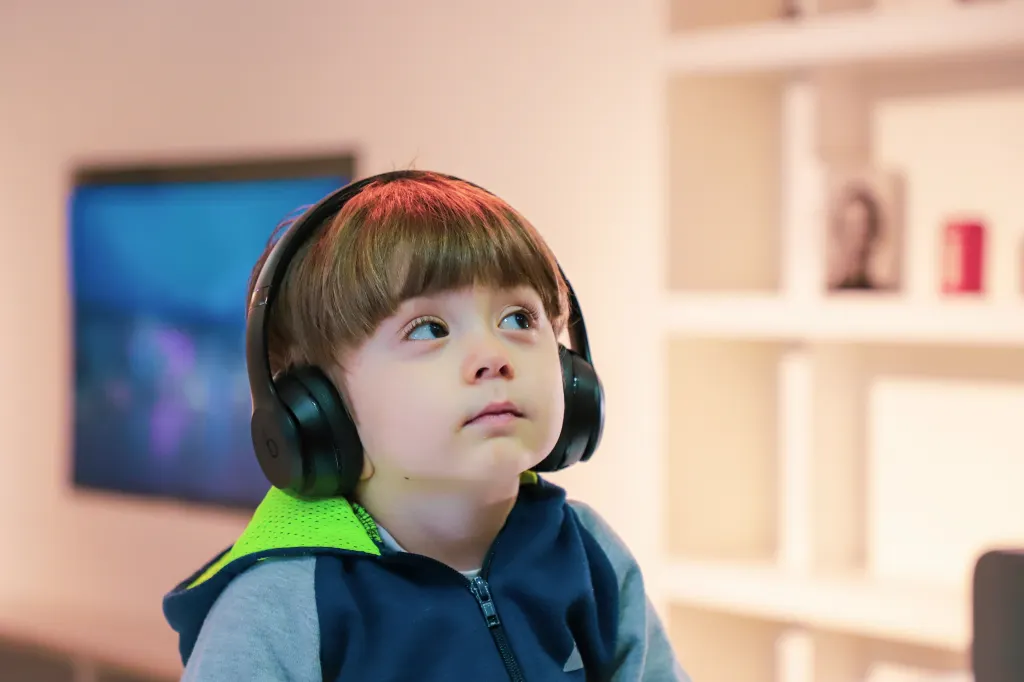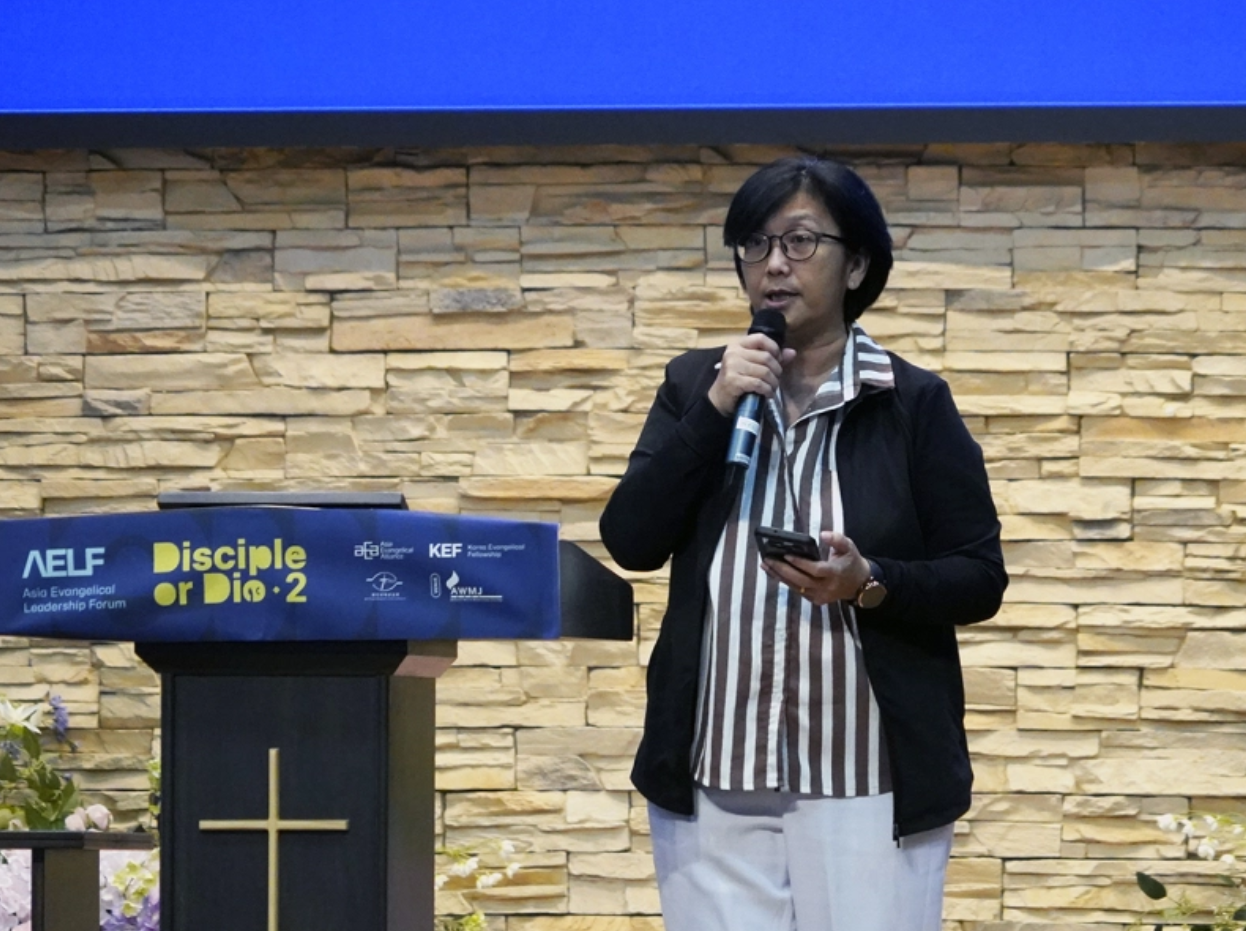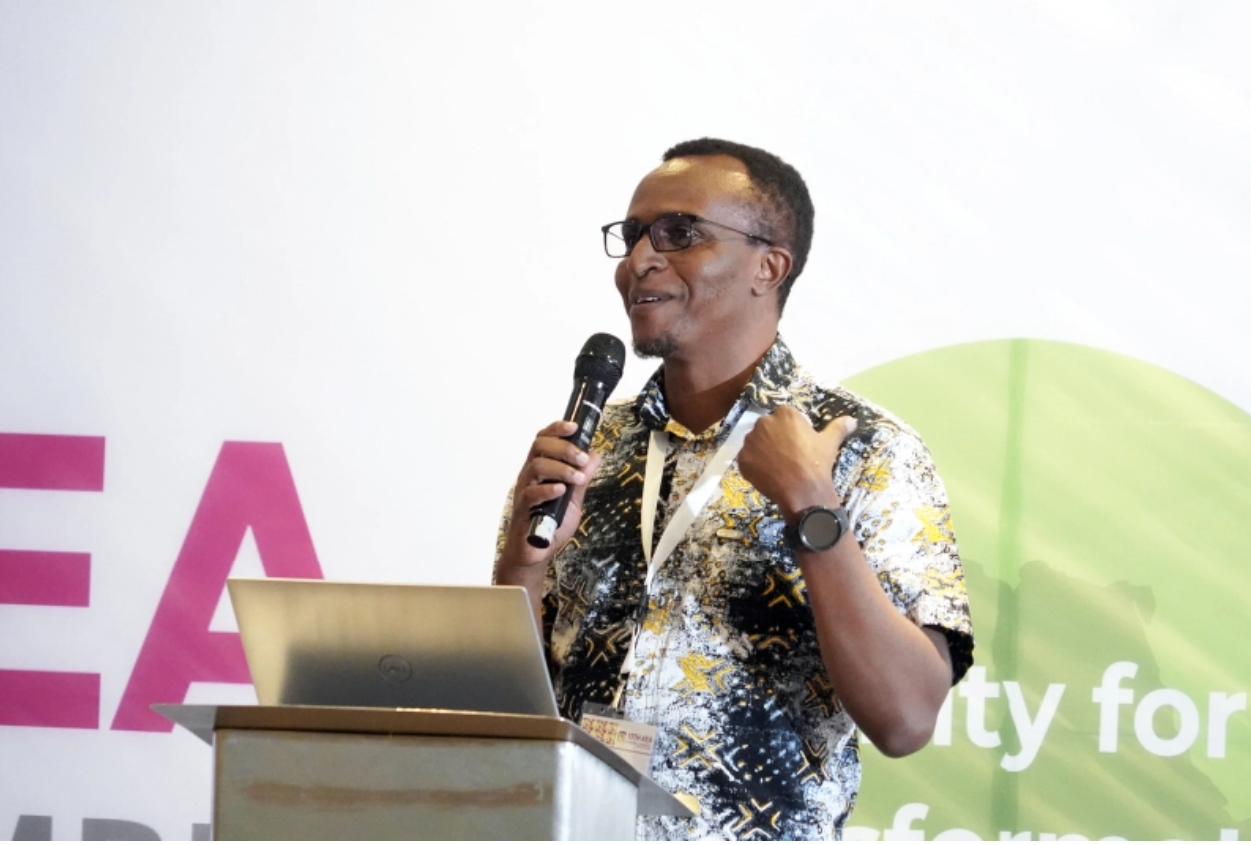When thinking about how to support children and young people with additional needs, it is important that we first understand and acknowledge what we mean by that; what are additional needs, and what are the experiences of children and young people with additional needs, and their families? What is the ‘big picture’? In this blog post, I’m going to share some stories, some statistics, some tips, and some resources, so why not grab a cup of tea or coffee, settle in, and let’s go on this journey together.
First of all, let’s hear from a young person and his mum as they share a little of their experience. Listen out for the important challenge Kieran gives us at the end: https://www.youtube.com/watch?v=lmZWc57Pe7c
This is a ‘big’ picture; 20% of children and young people have additional needs of some kind (source: UK Gov.), that’s 2.5 million of them. Additional needs covers a wide scope encapsulating disabilities, health conditions, differences and diversities, anything that means a child or young person needs extra support to engage effectively with things.
Over 90% of families with young people that have additional needs don’t come to church at all (sources: Baptist Press, and Children’s Ministry) so there are many of them in our communities around us that we need to reach.
They often find themselves on the margins, excluded and overlooked, and it’s not just the children and young people with additional needs that can find things hard, although according to recent research, as many as 94% of Autistic children and young people are victims of bullying, for example. (source: Anti-Bullying Alliance). Siblings and parents often also feel excluded from a wide range of social activities, including church (source: Mumsnet)
Those pressures can build up, with US publication ‘Psychology Today’ writing recently that “Surveys show that the rate of divorce in families with a child with disabilities may be as high as 87%” and it is unlikely that UK figures will be very much different (source: Psychology Today). There are strong links between disability and poverty too, with more deprived communities twice as likely to include families with young people with additional needs (source: LKMCo/Joseph Rowntree)
Barriers
Children and young people with additional needs, and their families, face many barriers as they navigate their way through life. Often it is society that places these barriers in the way of children and young people with additional needs, effectively ‘disabling’ them. These barriers typically fit into three categories:
1. Places – are the places they go to accessible?
2. Programmes – are the activities they do inclusive?
3. People – are the people they meet understanding?
Often, the answer to these questions can be ‘no’, resulting in children and young people with additional needs struggling to cope, having to try to fit in, and being badly treated.
Martin’s story
Martin*, aged 9, and his mum, arrived at our mid-week youth club for the 9-13 year olds. She shared that Martin is Autistic and has ADHD (Attention Deficit Hyperactivity Disorder), and that they had tried to get him into other clubs but they had always said ‘no’. They had been told that:
- A club said they didn’t have enough volunteers so couldn’t take anyone else on (no children’s or youth teams have enough volunteers!)
- A club said they had enough volunteers but they weren’t trained in how to support children with ‘special needs’ (but they weren’t rushing to get that training!)
- A club suggested that Martin ‘might be a health and safety risk to the other young people and leaders.
While 90% of my attention was gripped by the awful stories Martin’s mum was sharing, the other 10% of me was being horribly distracted by the chaos going on in the room behind me. As one blood curdling scream erupted, I looked to see what had happened and in that moment, Martin’s mum asked me ‘Would Martin be able to come here?’ No pressure then, having heard those stories! As I looked at the other young people, many of whom had additional needs too, I was able to turn back to Martin and his mum and say ‘We would love for Martin to join our group… (cue another blood curdling scream)… and as you can see he’ll fit right in!’ She laughed as the light came back into her eyes and the weight lifted from her shoulders. Saying ‘yes’ matters!
*Martin is not his real name.
You can get help overcoming some of those ‘barriers’ that we mentioned earlier here: www.urbansaints.org/invitedtobelong
Top tips
So, having said ‘Yes’, what can we do to make a real difference, to ensure that we go above ‘accessibility’ and ‘inclusion’ and create a place where everyone can truly ‘belong’? Here are some ‘top tips’, strategies that we can all put in place to transform church for children and young people with additional needs:
- Appoint an ‘Inclusion Champion’ – someone who can help us all keep our focus on making sure that everyone belongs, providing a first point of contact for families too.
Watch this video for more help: https://www.youtube.com/watch?v=7VxFmim5ySY and look out for ‘Timmy’s story’ later. - Build relationships with families/carers: What support is working at school? What is helpful at home? How can we adapt these ideas in our church or group context?
- Find out more about the children and young people we are journeying with; one-page profiles can help here (www.sheffkids.co.uk/resources) What do people like and admire about them? What makes them happy? How do they like to be supported?
- Using the responses to the one-page profiles, use what they enjoy doing to help them learn. Whether it’s LEGO, Minecraft, sport, crafts, unicorns, whatever it is it can provide them with opportunities to engage and learn.
- A ‘fiddles box’ can be a useful addition to the kit list, providing children and young people with the tools they need to either (a) calm their senses when overwhelmed, or (b) wake up their senses to help them focus and concentrate.
Watch this video for more help: https://www.youtube.com/watch?v=dxhXo-2sgJc - Visual timetables can help a child or young person with additional needs to know what is going on in the programme, what’s happening now and next, and when their favourite part of the programme (snack time?) is coming! Use symbols if a young person already uses them, or photos if not, to create a visual overview of the programme.
- One-to-one’s or ‘buddies’ can be a huge help for children and young people with additional needs, providing stability, a helping hand, a friendly face, and understanding when it’s hard. Other children or young people can be ‘buddies’ with appropriate supervision and support. This is a pastoral care support area.
- Always ask children, young people, and their families, what support they would find helpful. We must always do inclusion ‘with’ people and not ‘unto’ them. As the saying goes ‘Nothing about us without us’.
With this last tip in mind, let’s watch a video of some young people sharing their advice and suggestions with their teacher (and us!) https://www.youtube.com/watch?v=ZAqOW5bzCkg You will recognise many of the children in this video in the children and young people you journey with.
Timmy’s story
Timmy* is about 10 and is Autistic. He goes to a big inner city church with his parents. On Sunday mornings, before their 10am service, they serve food and refreshments to everyone, so the entrance lobby is always packed with people just before 10am when Timmy and his family arrive.
Timmy would walk into a wall of people, noise, smells, bright lights, and it would begin to overwhelm him. Then everyone would be rushing into the worship area as the band started playing, and Timmy would be jostled and bumped as he and his family were swept along in the tide. Timmy is sensitive to touch and needs his personal space, so he would find this difficult too. On arriving in the worship area, the noise would hit Timmy like a wall, and he would massively struggle, unable to cope. His family would be looking for somewhere to sit, always somewhere different, no regularity or consistency for Timmy, and when they did find somewhere Timmy would have no idea what was happening, when he would be going to the children’s session, or what they would be doing there. Brain overload would often follow, in the form of a meltdown, hard for Timmy and his family.
The Inclusion Champion at Timmy’s church spotted all of this and got alongside Timmy and his family to work out a better way for them to arrive at church. They agreed to arrive just after 10am, when the entrance lobby is clearer; there would still be people there to greet them and they could still get their refreshments before heading down a clearer walkway to the worship area. Timmy would pick up some ear defenders on the way.
When they reached the worship area they headed for the reserved seating that they helped to pick out, Timmy’s favourite place to sit. Waiting for Timmy is a visual timetable, so that he knows what is happening now, next, and when he goes out to the children’s session. He also finds some resources left for him that he can look at to get a head start in learning what they will be exploring in the children’s group. Maybe a word search or a colouring, both firm favourites for Timmy. Brain overloads are now a thing of the past, no more meltdowns at church for Timmy!
*Timmy is not his real name.
Resources
For more help to create ‘belonging’ in your group or church, here are some more resources that can help you:
Urban Saints Additional Needs Ministry – information about training, support, articles and more: www.urbansaints.org/additionalneeds
The Additional Needs Alliance – a collaboration of over 3,000 children’s and youth workers, families, practitioners and more: www.additionalneedsalliance.org.uk
Getting it right
When we get this right, creating a place of true belonging for every child and young person with additional needs, church become better for us all. Martin was included and as a result his family joined the church. Timmy was supported and helped to avoid meltdowns. There are 2.5 million children and young people with additional needs across the UK waiting for us to reach out to them and create belonging for them and their families too. Now you’ve got some tools that can help you on the first steps to get it right for those you journey with.
If you would like me to join you on the journey, please contact me at [email protected], I would love to walk alongside you and help you.
Every blessing,
Mark
All text © Mark Arnold/The Additional Needs Blogfather. All images © as shown. Header image by Ben White on Unsplash
See also:
Seven Ways To Make Your Children’s And Youth Work More Inclusive
https://theadditionalneedsblogfather.com/2018/10/03/seven-ways-to-make-your-childrens-and-youth-work-more-inclusive-short-video/
Originally published on The Additional Needs Blogfather
(c) The Additional Needs Blogfather, used with permission




